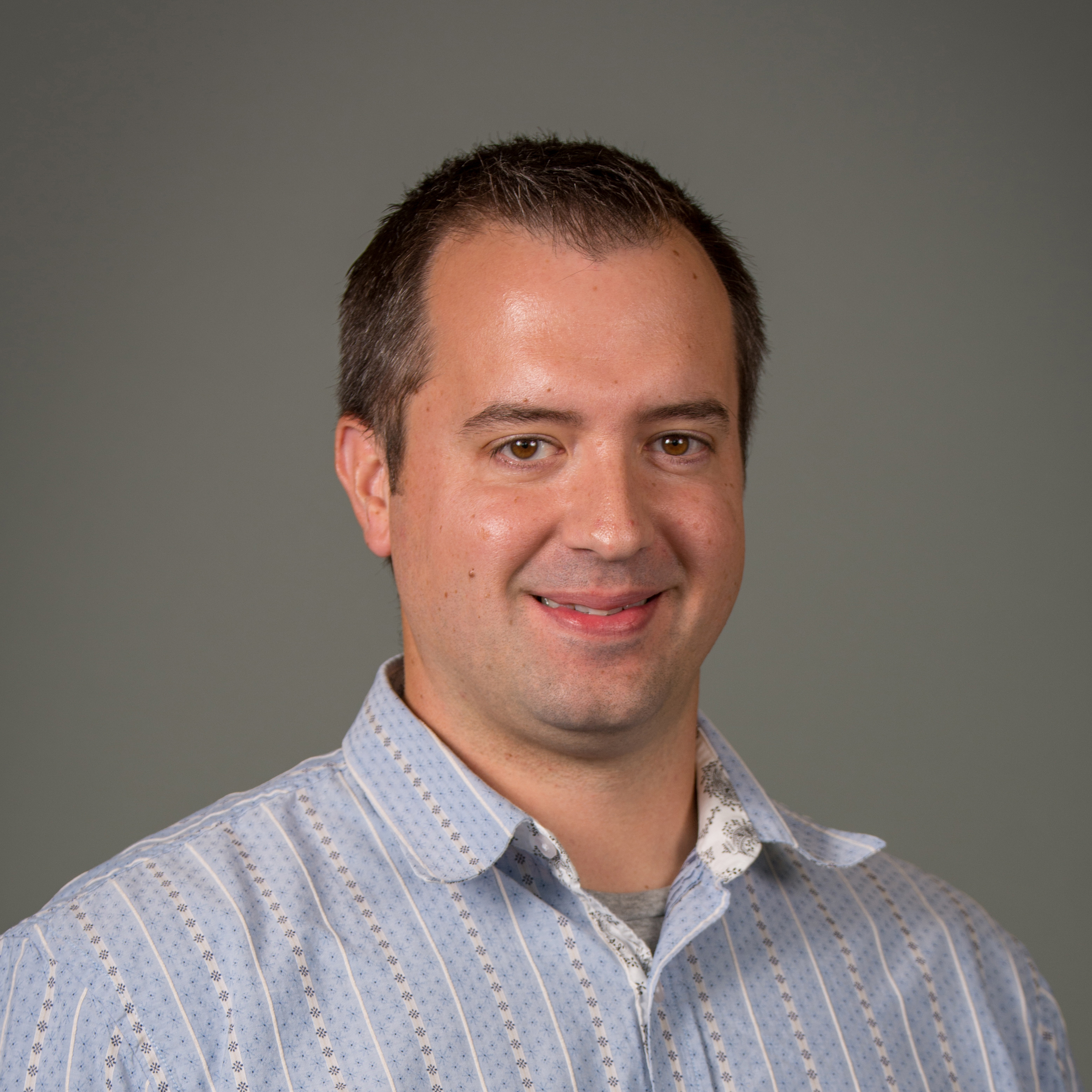Maintaining Scientific Integrity Through Cell Line Authentication
Topics covered include:
- STR kit considerations
- Profile analysis
- Database searching and matching
Summary
Cell culture has an important role in the study of biology and medicine, but an increasing amount of evidence shows cell lines are frequently misidentified or contaminated. Human cell line misidentification is a common, costly problem in the research community. It typically occurs as a result of contamination in a laboratory that is manipulating several different cell lines, or due to labeling errors. Consequences include wasted time and publication of erroneous data.
Many journals now recommend or require authentication of cell line identity before accepting manuscripts for publication. The NIH announced that, as of January 2016, applicants for grants will be required to authenticate key biological resources, including cells. Short Tandem Repeat (STR) genotyping analysis is a proven technology for uniquely identifying human cell lines and is the recommended method for identification of human tissue culture cell lines by the ATCC Standards Development Organization (ASN-0002; Authentication of Human Cell Lines: Standardization of STR Profiling).
Speakers

Gabriela Saldanha
Strategic Marketing Manager
Promega Corporation
Gabriela Saldanha is a Global Strategic Marketing Manager in the Genomics area in the Life Sciences Research Business Unit. Gabriela's career spans over 20 years in the laboratory and in product development, strategy and implementation related to nucleic acid amplification, expression analysis and genotyping.

Martin Ensenberger, PhD
Senior Research Scientist
Promega Corporation
Martin Ensenberger is a Senior Research Scientist in the Nucleic Acid Technology Group. Marty received his Ph.D in Molecular and Cellular Pharmacology from the University of Wisconsin in 2005. He began work at Promega as a post-doctoral fellow on a NASA funded project. The focus of his early work was to identify and multiplex novel biomarkers to asses DNA damage following exposure to space radiation. He has been a contributing or lead author on numerous peer-reviewed developmental validation manuscripts to help characterize and support many of the products launched since that time.